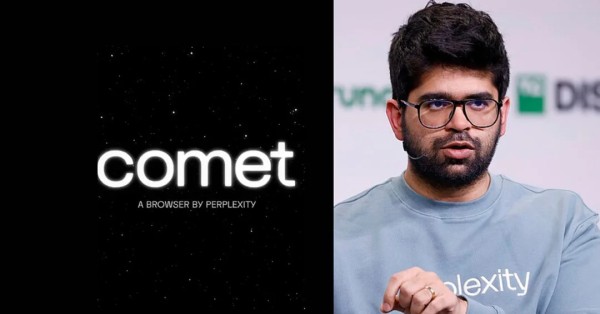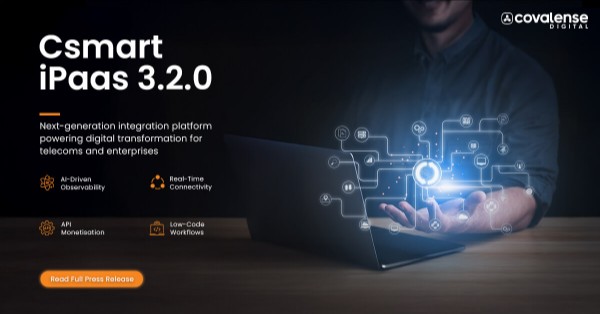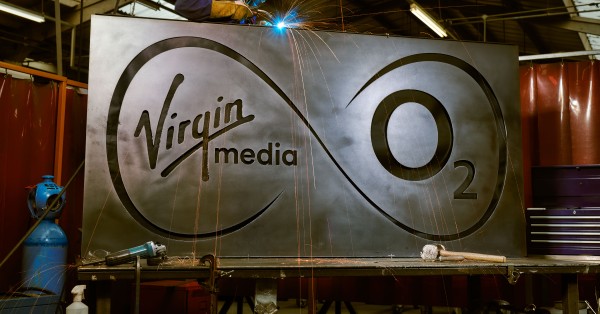As the Internet of Things (IoT) ecosystem evolves, the concept of communications convergence is becoming increasingly vital. With a growing number of technologies, radios, and applications spanning across industries—from industrial automation and logistics to agriculture and consumer electronics—there is a pressing need to harmonize how devices communicate, connect, and deliver value.
This convergence doesn’t just apply to network infrastructure—it also involves hardware, software, power efficiency, and user experience. Here’s a deep dive into how industry leaders are approaching convergence and what it means for the future of connected technology.
What Is IoT Convergence and Why It Matters Now
At its core, convergence in IoT connectivity means integrating multiple technologies to work together seamlessly—leveraging both legacy systems and new innovations. This includes:
- Maintaining compatibility with existing infrastructure.
- Enabling smooth transitions to new network protocols.
- Creating unified experiences across different technologies, such as Wi-Fi, cellular (4G/5G), LoRaWAN, BLE, and satellite networks.
Instead of constantly replacing older systems, convergence seeks to build bridges—ensuring that investments in legacy systems are preserved while unlocking the power of emerging technologies.
Why Simplicity Is the Real Goal Behind IoT Integration
Interestingly, while the term “convergence” is often used by technology providers, many within the industry argue that simplicity is the more important goal. Engineers and customers alike want solutions that are easy to implement, maintain, and scale. Achieving convergence for the sake of it often adds cost, complexity, and power demands—especially when multiple radios are embedded into a single device.
Instead, simplifying the software layer and enabling plug-and-play modularity (e.g., switching radio cards without changing code or backend infrastructure) offers a more user-centric path to convergence. Uniformity in how data is structured, transmitted, and consumed across technologies is critical.
Balancing IoT Convergence with Cost and Power Efficiency
For embedded IoT applications—such as environmental sensors, asset trackers, and smart building systems—cost and power consumption are critical. Supporting multiple radio protocols can significantly raise hardware and servicing costs, especially due to battery demands.
This has led many developers to prioritize lightweight, single-purpose devices while ensuring that back-end systems and APIs can flexibly handle data, regardless of the connection method. Convergence, then, becomes less about stuffing every protocol into a device, and more about creating an adaptable ecosystem.
How Satellite IoT Is Filling the Gaps in Global Connectivity
One of the most transformative developments in the IoT space is the integration of satellite communications, particularly in remote and off-grid scenarios. While terrestrial networks (cellular, Wi-Fi, LoRaWAN) dominate urban and industrial areas, over 70% of the Earth still lacks reliable coverage.
Satellite IoT solutions are now being deployed for:
- Environmental monitoring (e.g., wildfire detection sensors in remote forests).
- Global logistics and supply chain tracking.
- Oil and gas pipeline monitoring across continents.
- Off-road vehicle connectivity and emergency systems.
With the rise of software-defined radios and purpose-built satellite chipsets, satellite integration is becoming more accessible and cost-effective. Devices can now use low-cost antennas and optimized power systems to communicate directly with satellites, offering global coverage without terrestrial infrastructure.
Optimizing IoT Antennas for Multi-Network Performance
Antennas often remain an afterthought in IoT device design, yet they’re critical to performance—especially in multi-radio or satellite-enabled devices. Smart placement and design of antennas, along with early integration into the device form factor, are essential for optimizing signal quality and efficiency.
Design teams are now being encouraged to plan around antenna requirements early in development, ensuring compatibility and avoiding expensive redesigns later in the process.
IoT Convergence in the Real World: Logistics, Hygiene & Remote Sites
Real-world deployments highlight the diversity of convergence in practice:
- Smart Restrooms: Local BLE is used for automation and maintenance alerts, with potential backhaul over cellular for remote monitoring.
- Pest Control & Hygiene Compliance: LoRaWAN-connected traps and sensors backhauled via 4G or 5G enable proactive servicing and regulatory compliance.
- Cold Chain Logistics: Devices transition between Wi-Fi, cellular, and satellite networks as goods move from warehouses to trucks, ships, and retail outlets.
- Off-Road Equipment: Satellite connectivity allows location tracking, status reporting, and emergency messaging from remote job sites where no cellular infrastructure exists.
Data-Layer Convergence: The Key to Future-Proof IoT
Convergence also means rethinking how information flows—regardless of the transport medium. The industry is moving toward data-layer convergence, where data formats and APIs remain consistent, and hardware can be abstracted or replaced without disrupting the system.
While embedded devices face tight constraints in processing power and memory, efforts are underway to build lightweight operating systems and common software layers that mirror the uniformity seen in consumer ecosystems like Android.
How Edge AI Is Accelerating Smarter IoT Convergence
Artificial intelligence at the edge is enhancing convergence by enabling:
- Smarter data filtering and event detection.
- Reduced network traffic through localized decision-making.
- Improved reliability, cybersecurity, and device optimization.
Although much of the AI hype remains ahead of deployment, it’s already impacting applications like predictive maintenance, anomaly detection, and autonomous control systems.
Forget the Hype: Why Practical IoT Design Wins
While marketing trends race toward “6G” and increasingly complex specifications, real-world adoption of IoT technology is being hampered by:
- The cost of constant network refresh cycles.
- Fear of obsolescence due to sunsetting of cellular generations.
- Fragmented ecosystems and poor interoperability.
Many businesses are now prioritizing long-term reliability, flexibility, and backward compatibility over cutting-edge capabilities. The goal is not to adopt every new standard but to ensure that solutions remain functional, scalable, and serviceable over the device’s lifecycle.
The Future of IoT Convergence Lies in Ecosystem Collaboration
The future of IoT convergence lies not in technology alone but in collaboration across the ecosystem—from hardware vendors and chipset makers to software developers, integrators, and network operators.
This collaborative approach is finally gaining traction, replacing the siloed, competitive mindset that hindered progress in the past. With smart planning, modular designs, and unified software layers, the industry can finally deliver on the original promise of IoT: ubiquitous, affordable, and reliable connectivity—anywhere in the world.



























